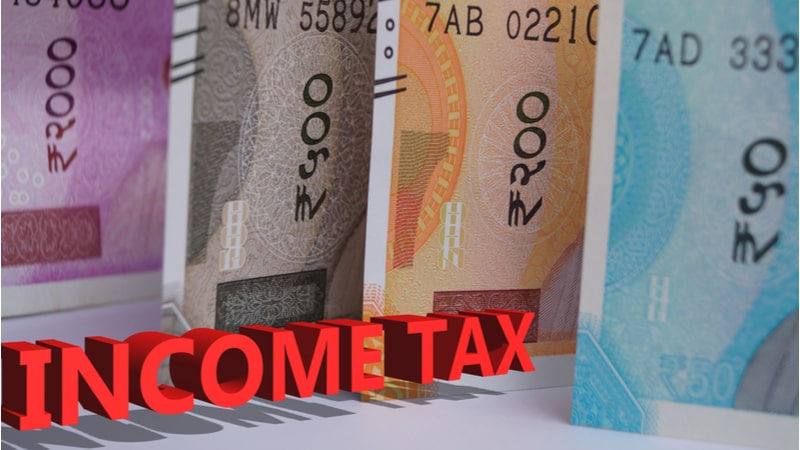India has a complex system of indirect taxation that is levied on the sale and purchase of goods and services. Indirect taxes are those taxes that are not directly paid by individuals or entities to the government but are passed on to the end consumer as part of the price of the goods or services. In this article, we will discuss the major indirect taxes in India.

Goods and Services Tax (GST):
Goods and Services Tax (GST) is a comprehensive indirect tax that was introduced in India on 1st July 2017. GST is levied on the supply of goods and services and is applicable to all stages of the supply chain, from the manufacturer to the end consumer. GST has replaced multiple indirect taxes such as central excise duty, service tax, and value-added tax (VAT). The GST system has simplified the tax structure in India and reduced the tax burden on businesses.
The GST system in India is based on a dual tax structure, where both the central and state governments have the power to levy GST. The central government levies Central GST (CGST), while the state government levies State GST (SGST) on intra-state transactions. In the case of inter-state transactions, Integrated GST (IGST) is levied by the central government.
The GST rates in India vary based on the type of goods and services. The GST rates are divided into four slabs, i.e., 5%, 12%, 18%, and 28%. Some goods and services are exempt from GST, such as fresh fruits and vegetables, milk, educational services, and healthcare services.
Customs Duty:
Customs duty is a type of indirect tax that is levied on the import and export of goods in India. The Customs Act, 1962, governs the collection and assessment of customs duty. Customs duty is levied to protect domestic industries, prevent dumping of goods from other countries, and generate revenue for the government.
The customs duty rates in India vary based on the type of goods and their classification. The customs duty rates are divided into basic customs duty, additional customs duty, and special additional duty. Basic customs duty is levied on the value of the goods imported, while additional customs duty is levied on specific goods. Special additional duty is levied on the value of the goods imported and the basic customs duty.
Central Excise Duty:
Central excise duty is a type of indirect tax that is levied on the production of goods in India. The Central Excise Act, 1944, governs the collection and assessment of central excise duty. Central excise duty is levied to generate revenue for the government.
The central excise duty rates in India vary based on the classification of goods. The excise duty rates are divided into ad valorem rates, specific rates, and compound rates. Ad valorem rates are levied on the value of the goods produced, while specific rates are levied on specific goods. Compound rates are a combination of ad valorem and specific rates.
Service Tax:
Service tax is a type of indirect tax that is levied on the provision of services in India. The Finance Act, 1994, governs the collection and assessment of service tax. Service tax is levied to generate revenue for the government.
The service tax rate in India was 15% until the introduction of GST. Service tax was applicable to all services except those that were exempted or under the negative list. The negative list includes services such as agricultural services, healthcare services, and educational services.
Conclusion:
The indirect taxation system in India is complex and ever-evolving. The introduction of GST has streamlined the tax structure in India and reduced the tax burden on businesses. The customs duty and central excise duty rates in India vary based on the type and classification of indirect taxation.

Comments